Title: Portraits
Year: 2004
Medium: Performance, sound installation
Materials: Space painted white, historical speeches translated into applauses, recorded applauses, white speakers, white text in the wall with the historical information on the speeches, security guards with dogs randomly walking into the space.
Dimensions: Variable
Statement
Portraits: the artist chooses a series of important and punctual speeches delivered by outstanding political personalities – as Gandhi, Hitler, Churchill and others. The rhythm, temper and speed of each of the speeches are translated into musical notes with the aid of a musician and a computer expert. The speeches are translated in musical applause and are reproduced in an empty white room by nine small white loudspeakers grouped in pairs at a short distance from the wall. The names of the politicians, together with details on their speeches, are written in an almost invisible white script on a white background. On the white cube, the answers of applause are superimposed on the various speeches.
The work has to do with the effects of politicians in society, specifically the effects of their speeches on social masses. In the case of this piece, oral messages are replaced by the states of mind acoustics create, giving rise to an emotional effect, to a commotion in the spectators. Once liberated, emotion suppresses the contents and, when doing so, induces the masses to become involuntary receptacles of the strategies of political power. Hence, political communication is exposed as an instrument functioning subliminally through the manipulation of suggestion.
Exhibited
| 2006 | |
|
Tatlin’s Whisper. Kunsthalle Zu Kiel. Kiel, Germany. Curated by Dirk Luckow May 5 – July 22 |
|
|
Portraits. Kunsthalle Wien. Vienna, Austria. Curated by Gerald Matt and Silvia Hoëller (catalogue) April 5 – May 28 |
|
| 2005 | |
|
Portraits, work in progress: Presentation. Cervantes Institute. New York, United. May 13 |
Documentation
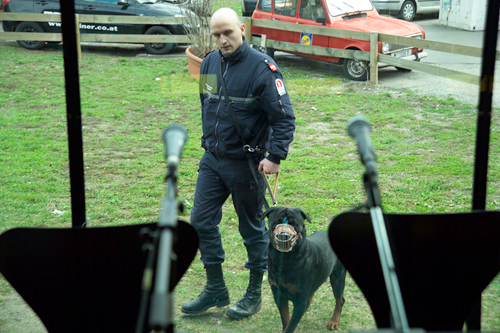 |
 |
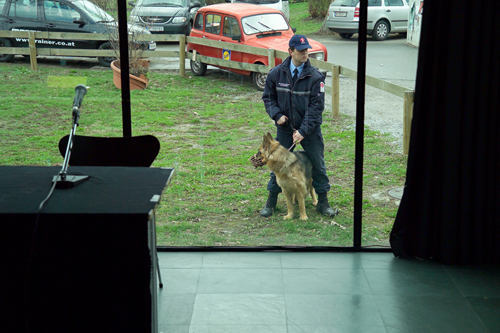 |
||||
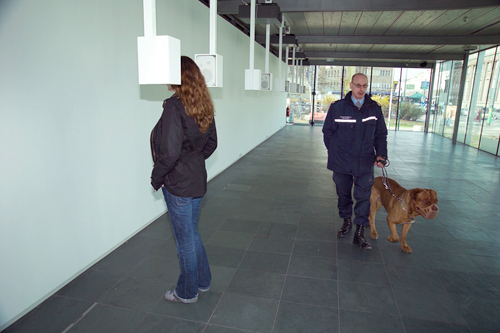 |
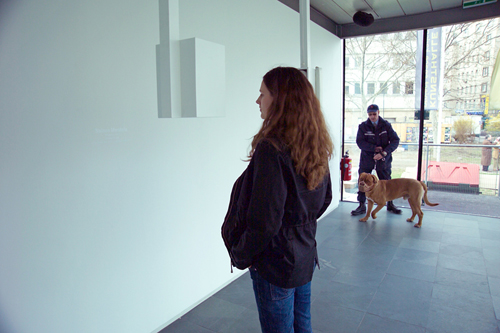 |
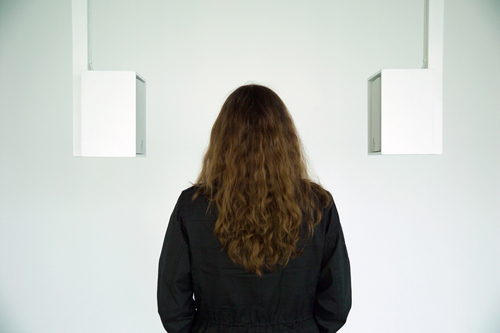 |
||||
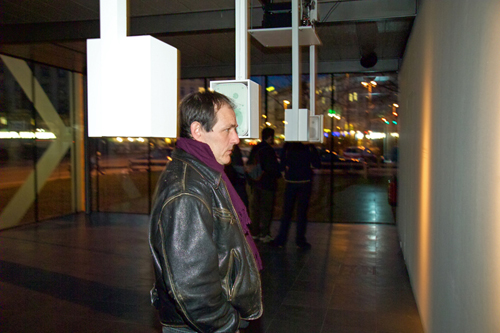 |
 |
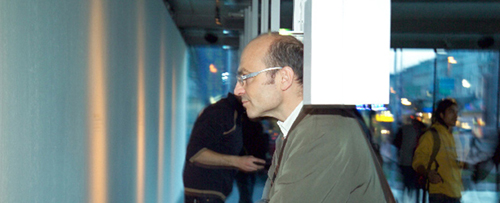 |
||||
 |
Kunsthalle Wien
Vienna, Austria
photos: Rüdiger Ettl
Selected bibliography
(by alphabetical order)
Bruguera, Tania “Portraits. Kunsthalle Wein Project Space” April, 2006. Ed. Buchhandlung Walther Konig, Koln (illust), On the occasion of the solo show “Portraits” curated by Silvia Holler, Gerald Matt and Dirk LuckowKinsthalle Wein /Kunsthalle zu Kiel, Austria 5.05.2006 – 22.07.2006.
Matt, Gerald “Interviews,” Ed. Kunsthalle Wein, Austria, 2007, (illust.) pp. 66 – 75. ISBN 10: TANIA BRUGUERA 3-86560-188-9
P. Herzberg, Julia “Ritual in Performance,” Published for the occasion of the exhibition “NeoHooDoo: art for a forgotten faith”. Co-organized by The Menil Collection and P.S. 1 Contemporary Art Center and Curated by Franklin Sirmans (illust.) pp. 60 – 62. p. 96. ISBN 9780300134186 0300134185
Quotes
(…) Contrary to what one may expect, the title “Portraits” refers to the effects of politicians or rather the effects their speeches have both on the masses and on the individual (“Portraits”!). The message in the speech is substituted by the reactions thereby induced among the public. The artist selects a series of key speeches by leading political personalities such as Gandhi, Hitler, Churchill etc.; the rhythm, temper and the speed of each of the speeches is translated into musical notes with the aid of a musician and a computer expert. The score, thus produced, is then made audible by a choir which intones it by clapping. The speeches, translated in this way by musical applause, are reproduced in an empty, white room by nine small white loudspeakers grouped together in pairs and positioned at a short distance to the wall. On the wall itself are to be found the names of the politicians together with details relating to their respective speeches written in an almost invisible white script and set against a white background. In the white cube, the responses of applause are superimposed on the various speeches. The significance normally attributed to the spoken word is hence dissolved and what remains are acoustic moods, which facilitate the spectator in differentiating the emotional colour enclosed in each of the speeches. Thus released, the emotion suppresses the content and, in so doing, induces the masses to become the unwitting receptacles of strategies of political power. Hence, political communication is exposed as an instrument which functions subliminally by manipulative means of suggestion. Bruguera insists that the emotional dialectic between agens and reagens is essential to the communication and exercise of power and she accentuates this relationship (…)
Höller, Silvia Höller “The every gesture is a political act,” Ed. Buchhandlung Walther König, Köln, Germany, 2006